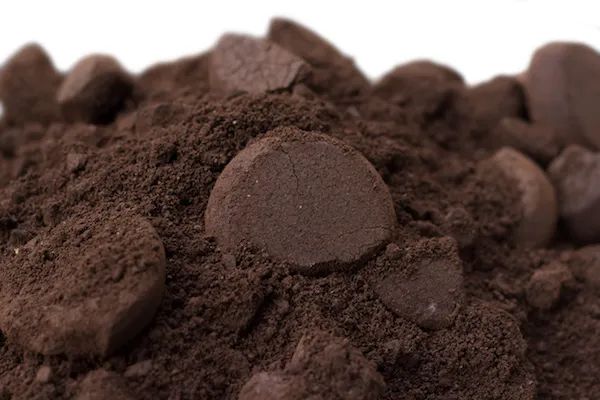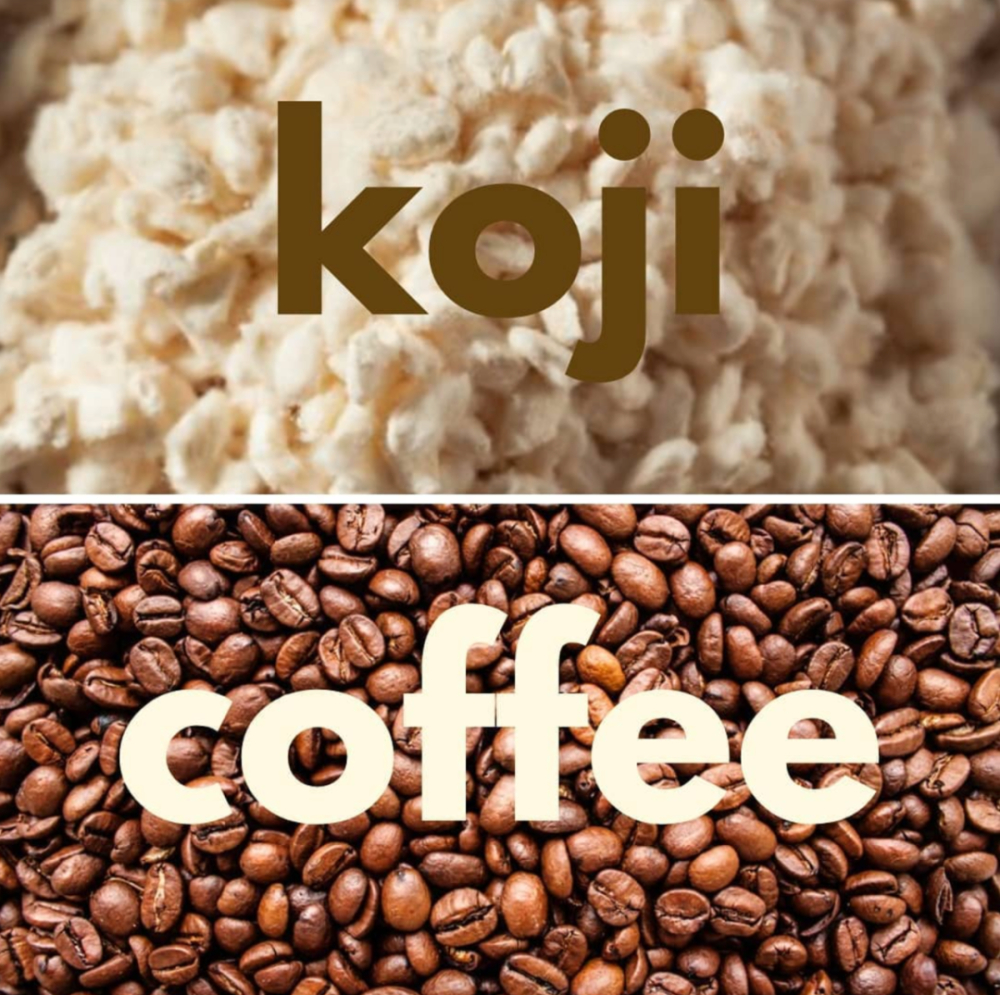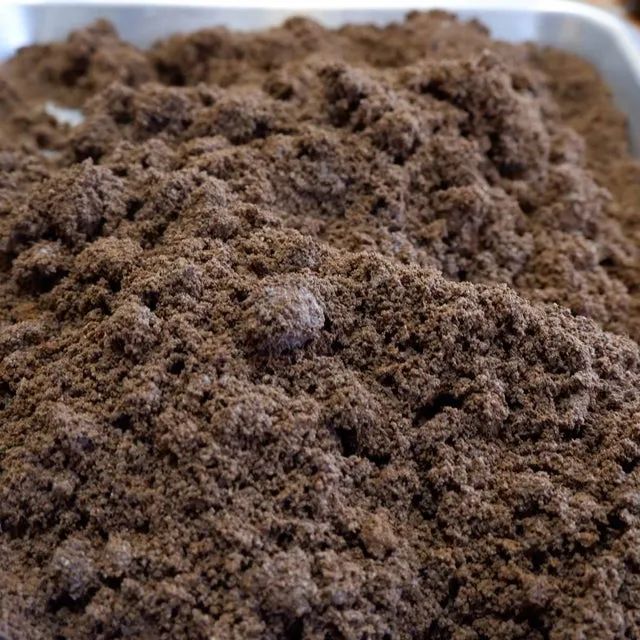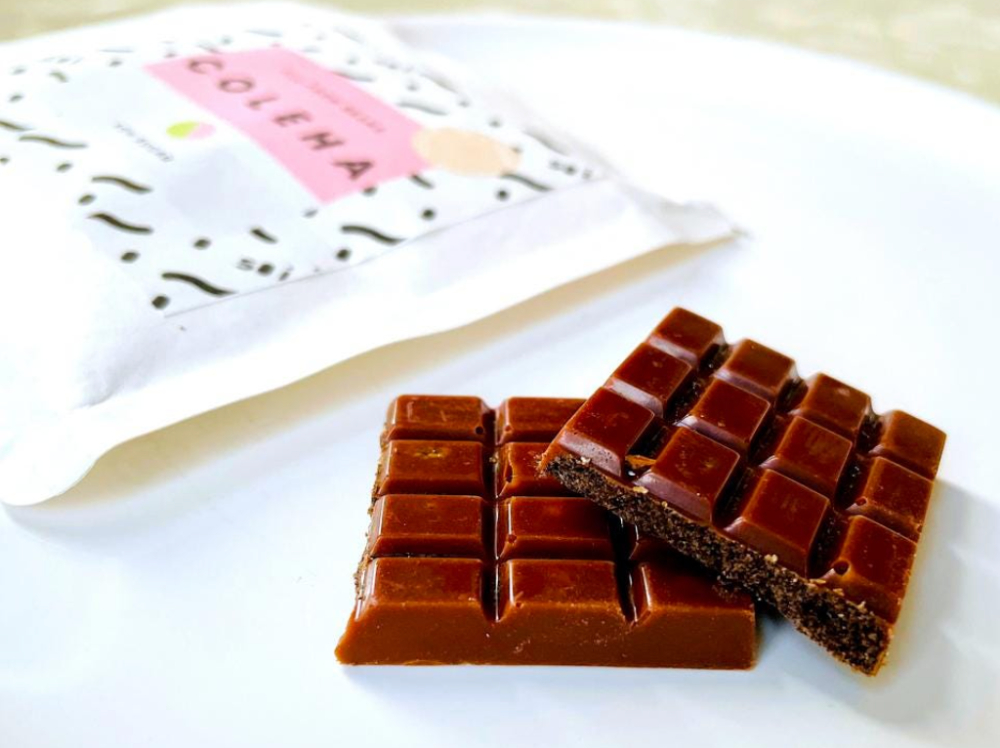How can coffee grounds still be used in this way?! Chocolate is not necessarily made from cocoa.
"What can I do if I don't want to waste the brewed coffee grounds?"
"Too much! It can be put in the refrigerator to remove odor, can be made into body matte cream, and can also be used to clean kitchen oil..."" It can also be used to make fabrics, shoes, furniture, cups, straws..."" This recycling is not environmentally friendly!" At this moment, a Japanese scientist rushed out…"This recycling of coffee grounds requires drying, and during the drying process, carbon dioxide will be released into the air!" As people's awareness of environmental protection becomes higher and higher, how to recycle something as much as possible has become the direction of many scholars 'research. With the continuous promotion of coffee culture, the world currently consumes an average of 2.25 billion cups of coffee per day, which is a very large number. A lot of coffee grounds are produced after each cup of coffee is made. The coffee grounds that are still solid are directly dumped, which is somewhat wasteful and pollutes the environment. Therefore, the reuse of coffee grounds has become a hot research direction in recent years.

Coffee brewing has released carbon dioxide, coffee grounds to be recycled drying process will continue to release carbon dioxide, and carbon dioxide emissions are the main cause of the greenhouse effect…(Shh! I know what everybody's trying to say! Keep watching!) So is there a way to reuse coffee grounds without harming the environment? Tetsuji Ishigaki, a Japanese scientist and president and CEO of SOI Shizuoka, Japan, said: Yes! Coffee grounds are fermented into paste (paste) with Aspergillus, and then solidified with cocoa butter to make instant coffee bars, which can also be called coffee grounds chocolate due to cocoa butter.

Coffee grounds themselves are the wood fibers in coffee beans, and eating them directly must taste bad. Therefore, Tetsuji Ishigaki adds Aspergillus, which is commonly used in brewing fermented foods such as sake and soy sauce, to the coffee grounds. The addition of Aspergillus not only softens the coffee fiber, but also makes the coffee paste taste more intense. With the propagation of Aspergillus in the fermentation process, various enzymes will be produced to convert proteins into amino acids, thus forming a rich umami flavor, making the overall taste of coffee paste more intense. In Tetsuji Ishigaki's examination of samples, it was found that the amino acid content of coffee paste is about three times that of raw coffee beans, and these coffee pastes have certain health benefits!

According to laboratory analysis, coffee paste contains 1.6 times more polyphenols, health-promoting compounds and antioxidants than regular coffee. In addition, 94% of coffee paste is an insoluble fiber that promotes intestinal health. In terms of caffeine, every 22g of coffee grounds chocolate will contain 50mg of caffeine (a cup of 15g of 225ml hand-brewed coffee extracted with a ratio of 1:15 powder and water, caffeine content of about 60-90mg). Under normal circumstances, eating this chocolate in the afternoon will not affect sleep at night. After proper fermentation, the coffee paste is pasteurized and solidified with cocoa butter. Although still experimental, the coffee grounds chocolate has been sold in limited quantities under the name COLEHA. The place for sale is a coffee shop that provides coffee grounds for laboratories.

In order to cater to the different tastes of consumers, COLEHA has three types, with sugar content ranging from 0% to 40%. 0% Sugar Dark chocolate that tastes like coffee, with the slight acidity of high-quality coffee. 10% sugar is fruity and creamy. 40% sugar has caramel flavor. This coffee grounds chocolate has been on sale for 5 months and has been well received by consumers. The fermentation process has been widely used by Asians, and the Japanese have also conducted in-depth research and exploration on naturally fermented healthy foods. With the help of Aspergillus, one kilogram of coffee grounds can make 115 pieces of COLEHA (22g/piece). If this technology can be popularized and widely used worldwide, cocoa growers will say??? Sorry, I missed it! So 1.7 trillion COLEHA rods can be produced every year, which looks environmentally friendly and practical! Drinking rich coffee and eating chocolate made from coffee grounds, the double happiness of coffee people comes!

(I guess you're going to want a headshot!)
Image Source: Network
Professional coffee knowledge exchange More coffee bean information Please pay attention to coffee workshop (Weixin Official Accounts cafe_style)
More fine coffee beans, please add private WeChat Qianjie Coffee, WeChat: kaixinguoguo0925
Important Notice :
前街咖啡 FrontStreet Coffee has moved to new addredd:
FrontStreet Coffee Address: 315,Donghua East Road,GuangZhou
Tel:020 38364473
- Prev

Is the traffic password for% Arabica coffee invalid?
Once upon a time, it was just a percent sign, and it felt very high-end when sitting inside. This boutique coffee brand marked by the percent sign has become the representative of the online celebrity coffee wave. Unexpectedly,% Arabica looks very Japanese, but it is a boutique coffee brand that started in Hong Kong, China in 2013. Experienced
- Next

Is Turkish coffee correct? How to read Turkish coffee grounds pattern
Contemporary young people say that they reject superstition, but their bodies are very sincere. All kinds of blessings, tarot cards, online divination, etc., bent on knowing their future fortune, is it possible to immediately get rid of the single, is it possible to suddenly become rich. Among them is an activity that satisfies both young people's coffee addiction and divination.
Related
- The milk tea cup becomes smaller?! Overlord Tea Girl launches a new "Return to Yunnan" series
- Accused of selling counterfeit and high-priced coffee beans! Well-known boutique coffee brand "Oukelao" bowed and apologized!
- How to make espresso dumplings? Can I eat coffee and glutinous rice balls together?
- Save the unformed and stagnant powder cakes in one second! What is the problem with stagnant water in the powder bowl of the espresso machine?
- What does hand-brewed coffee stop mean? Why is it not recommended to make coffee by hand?
- Is it normal to smell like coffee? Why does coffee smell like alcohol? What's wrong with the strong smell of cold extract ice dripping ice brewed coffee?
- How to solve the problem that hand-brewed coffee extraction takes too long? Why is the water flowing so slowly when making coffee?
- The main points of making Australian white coffee, the proportion details, how does Australian white properly foam and blend the flowers?
- Can ice water make cold extract coffee? What is the difference between room temperature water and ice water for making cold coffee?
- What milk is best for making latte and white Dirty coffee? What is the difference between different brands of fresh milk and pure milk for making coffee?

